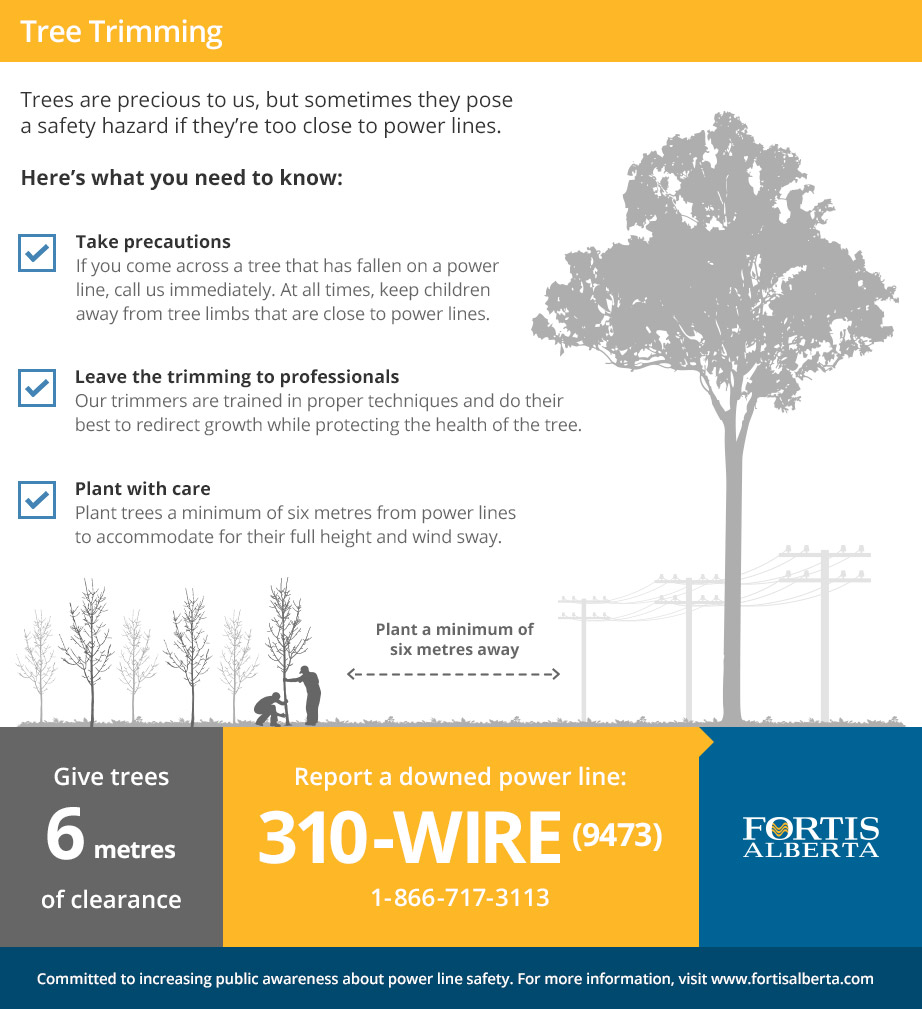Take Notice Of Essential Indications That May Expose Your Tree Threatens; Being Notified Regarding These Can Help Safeguard Your Home And Enjoyed Ones.What Should You Look For Following?
Take Notice Of Essential Indications That May Expose Your Tree Threatens; Being Notified Regarding These Can Help Safeguard Your Home And Enjoyed Ones.What Should You Look For Following?
Blog Article
Material By-Winther Hubbard
When it comes to tree care, acknowledging the signs that it's time for removal is crucial for your security and property. You could notice tarnished fallen leaves, wilting branches, or odd fungal developments showing health issue. Structural concerns, like a significant lean or fractures in the trunk, can also present dangers. Comprehending Tree Root Removal Near Me can help you make educated decisions regarding your trees and protect against prospective hazards hiding in your yard. What should you try to find next?
Indicators of Degeneration and Illness
When you notice indicators of decay and condition in your trees, it's important to act swiftly. Seek tarnished leaves, wilting branches, or uncommon growths like fungus. These can suggest that your tree is having a hard time.
If you see cracks in the bark or soft, mushy timber, these signs and symptoms suggest internal degeneration. In addition, an unexpected boost in bugs around your tree can signify that it's damaged and prone.
Look for any kind of dead or passing away arm or legs, as they posture a risk to your home and security. If you're uncertain regarding what you see, getting in touch with an arborist can provide clarity.
Addressing these indications early can save you from more substantial damage and guarantee the health of your yard. Do not wait till it's too late.
Structural Instability and Leaning
As you observe your trees, watch out for any type of signs of architectural instability or leaning. If a tree leans substantially, it might indicate that the root system is jeopardized.
Look for any cracks in the trunk or soil around the base; these can signal prospective failing. In addition, look for unusual development patterns, like an uneven crown, which may suggest that the tree is having a hard time to hold itself upright.
If you observe that the tree leans toward your home, power lines, or other frameworks, it presents a better danger. Do not neglect these indicators-- consult an arborist to examine the scenario.
Taking action early can prevent expensive damages and guarantee your security.
Dead or Dying Branches and Foliage
If you notice dead or dying branches and vegetation on your tree, it's a clear indicator that something's wrong.
These unhealthy areas can show underlying issues like illness, pest problems, or ecological tension. When branches lose their leaves or turn brown, they're no longer adding to the tree's health and wellness. Overlooking these indications can lead to more decrease, making your tree more dangerous.
Dead branches can conveniently break off throughout tornados, posing a threat to home and individuals close by. It's critical to examine the level of the damages.
If the issue affects a considerable part of the tree, think about speaking with an expert. They can help establish if elimination is needed to make certain safety and keep the elegance of your landscape.
Conclusion
If you notice any indications of decay, structural instability, or dead branches on your trees, do not disregard them. These signs can posture major security risks to you and your residential or commercial property. https://www.google.com/maps/uv?pb=!1s0x87695392e3f6d517%3A0xc91102aef5ddf5d8!5sPrecision%20Timber%20Felling!15sCgIgARICEAE&authuser=2&imagekey=!1e10!2sAF1QipPfM3YJcaFo7ZSQfTESGXSpZ1JbOFv30EzXf5wg 's always best to speak with a professional arborist who can offer a specialist analysis of your trees. Doing something about it early can avoid crashes and expensive damage, guaranteeing your landscape remains risk-free and healthy. Remember, it's much better to be aggressive about tree care than to wait on a catastrophe to occur.
